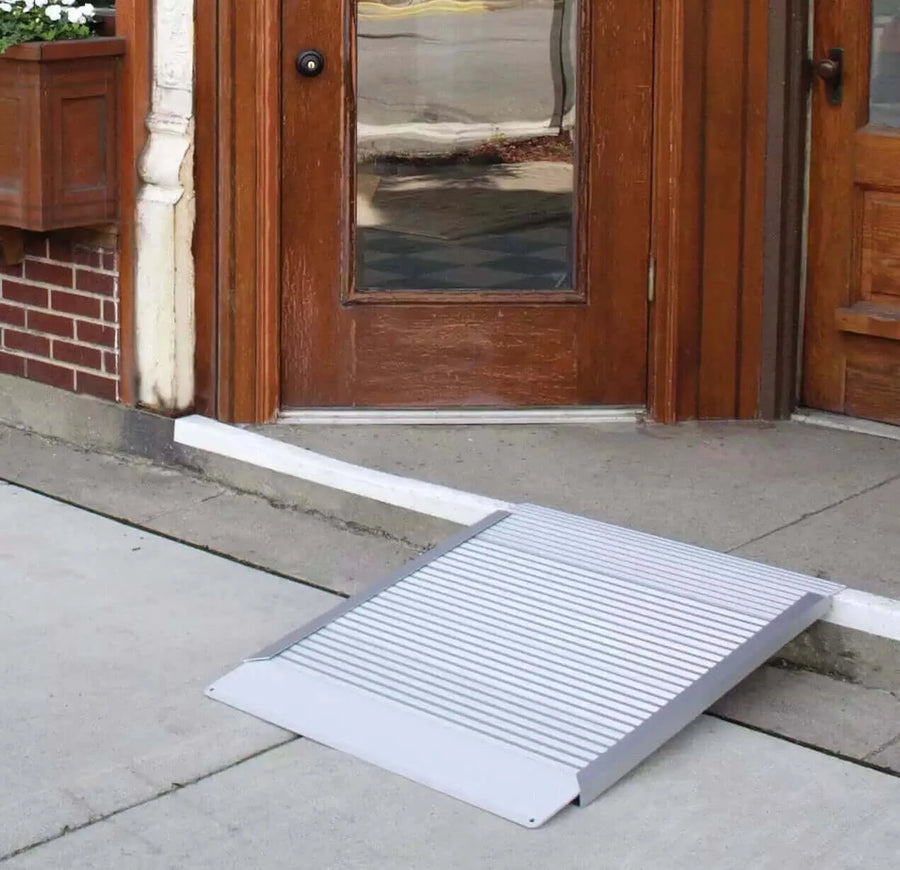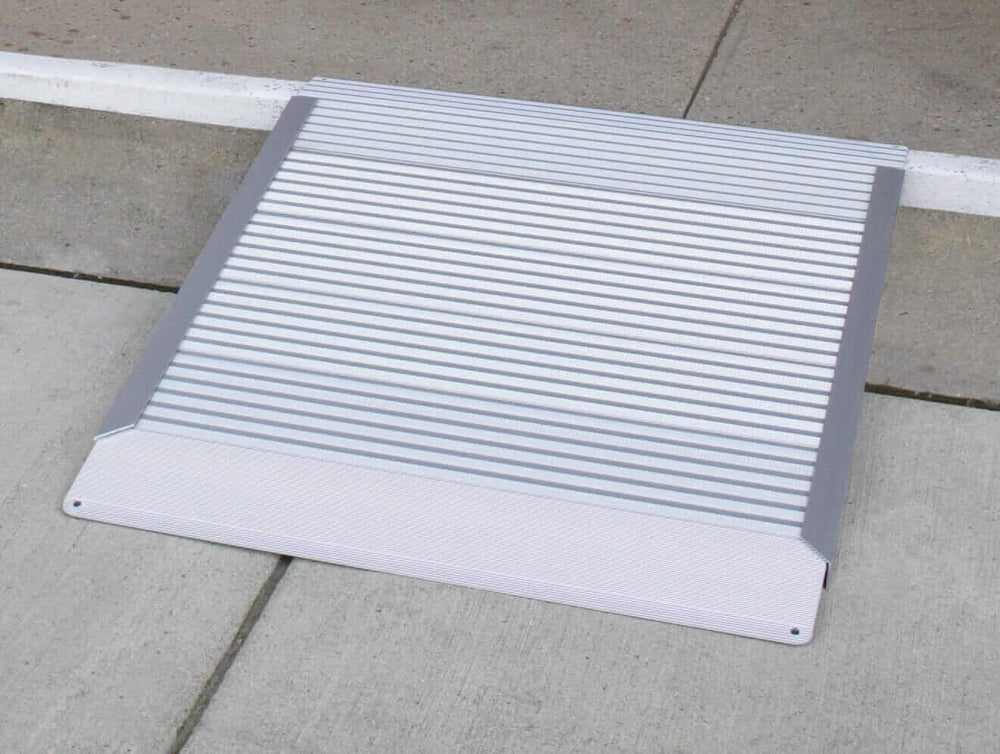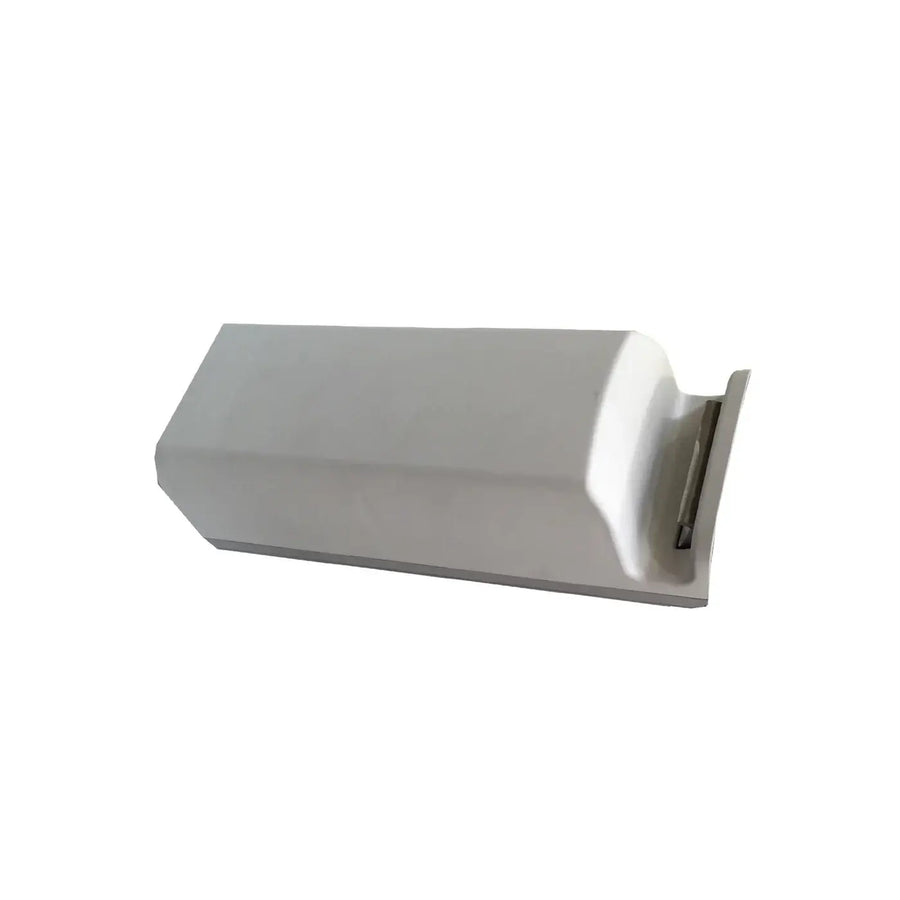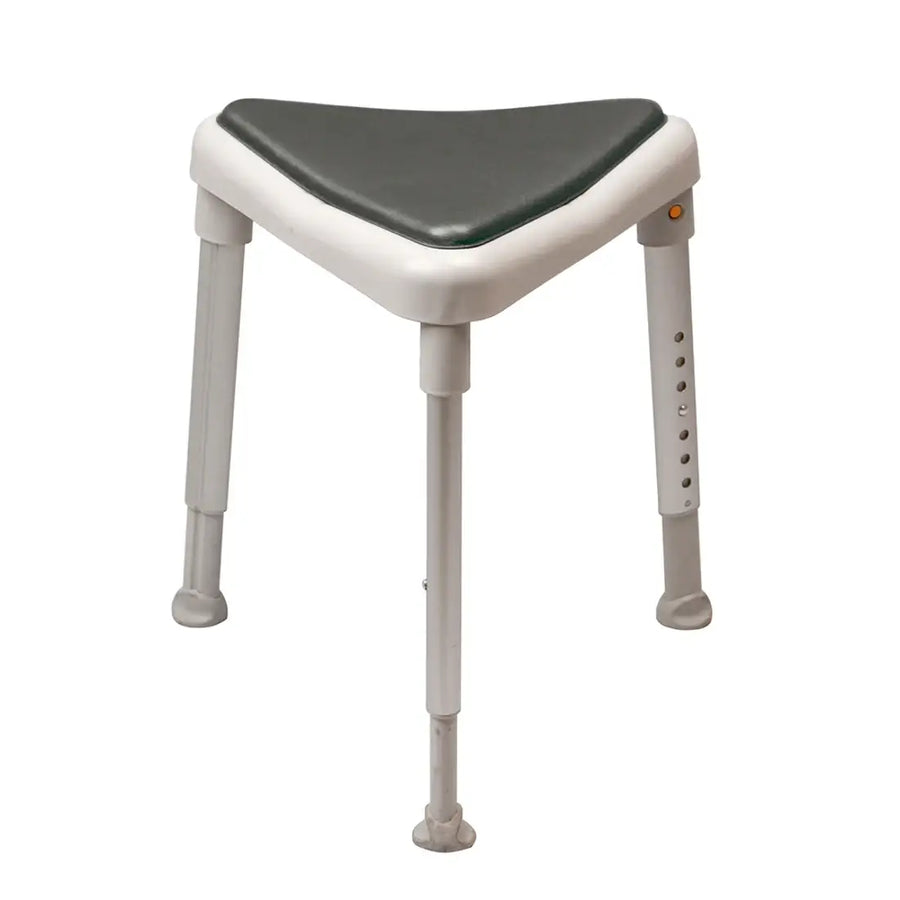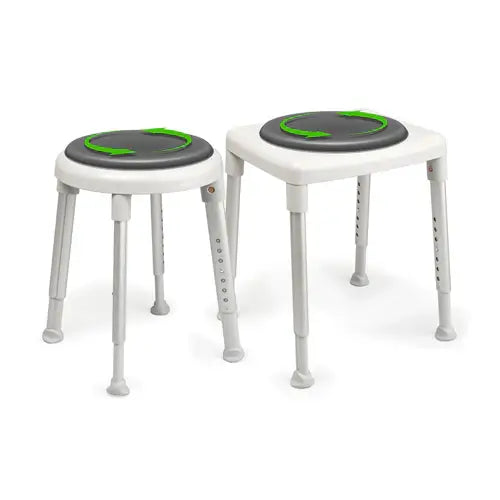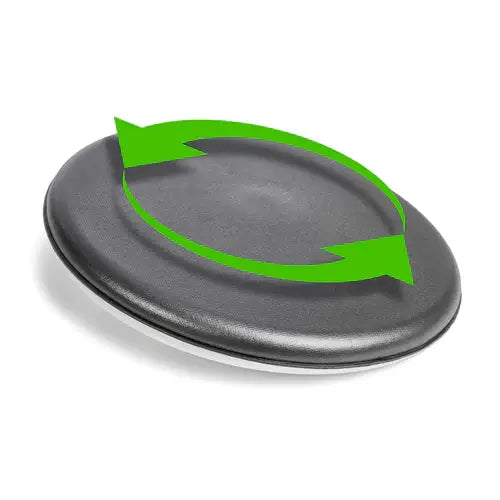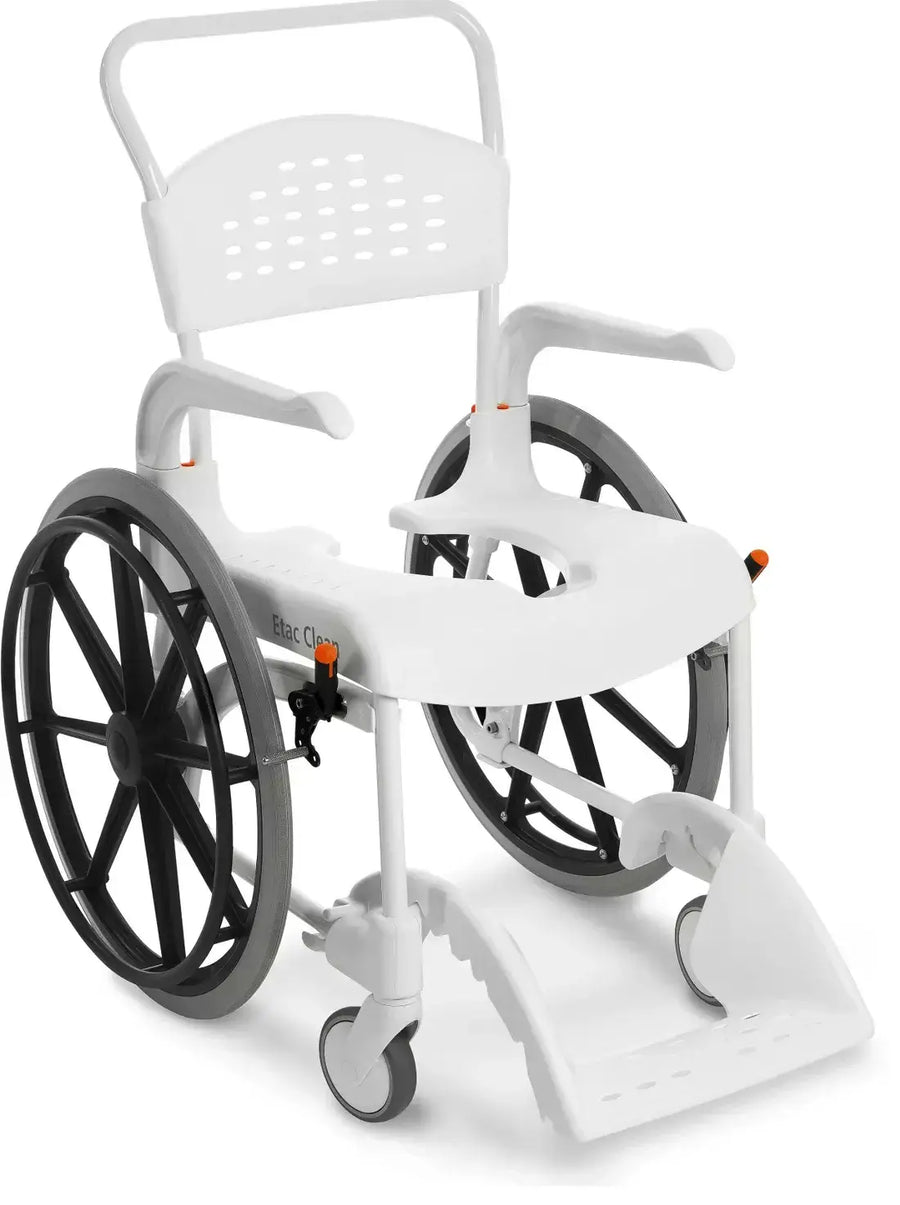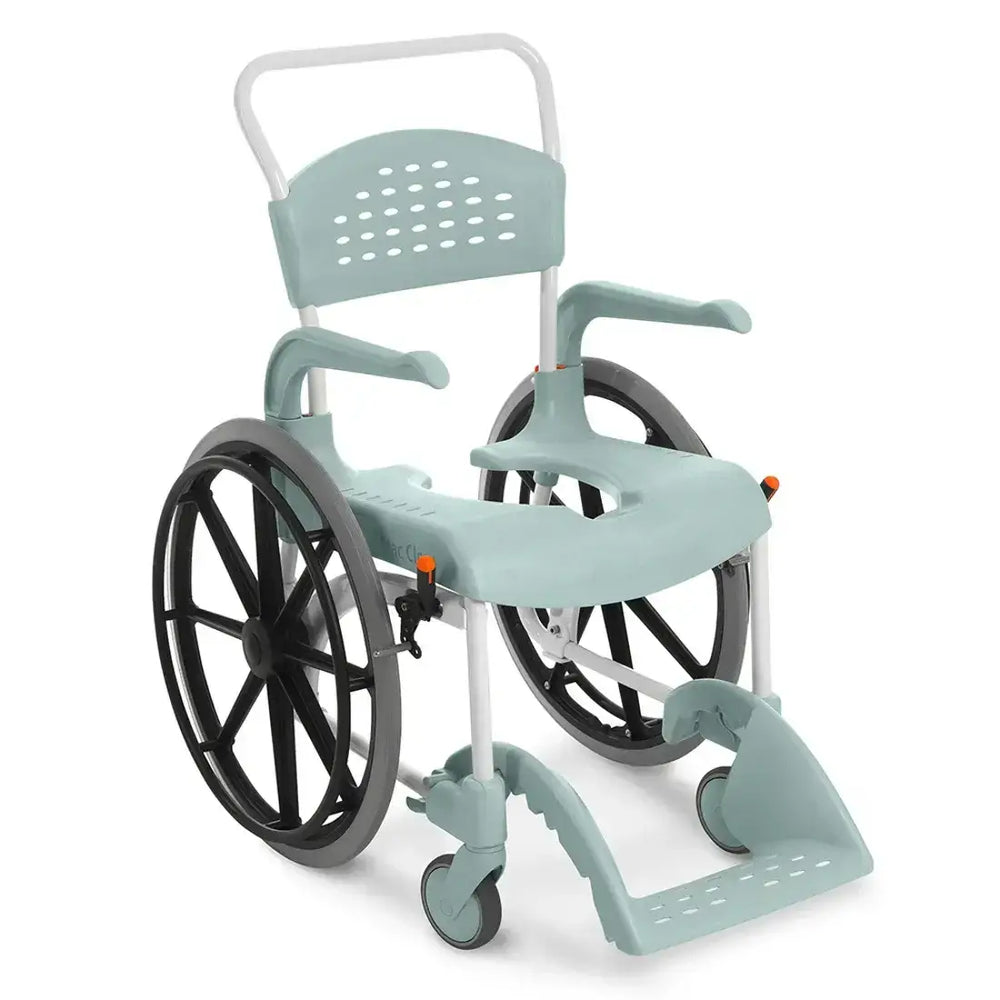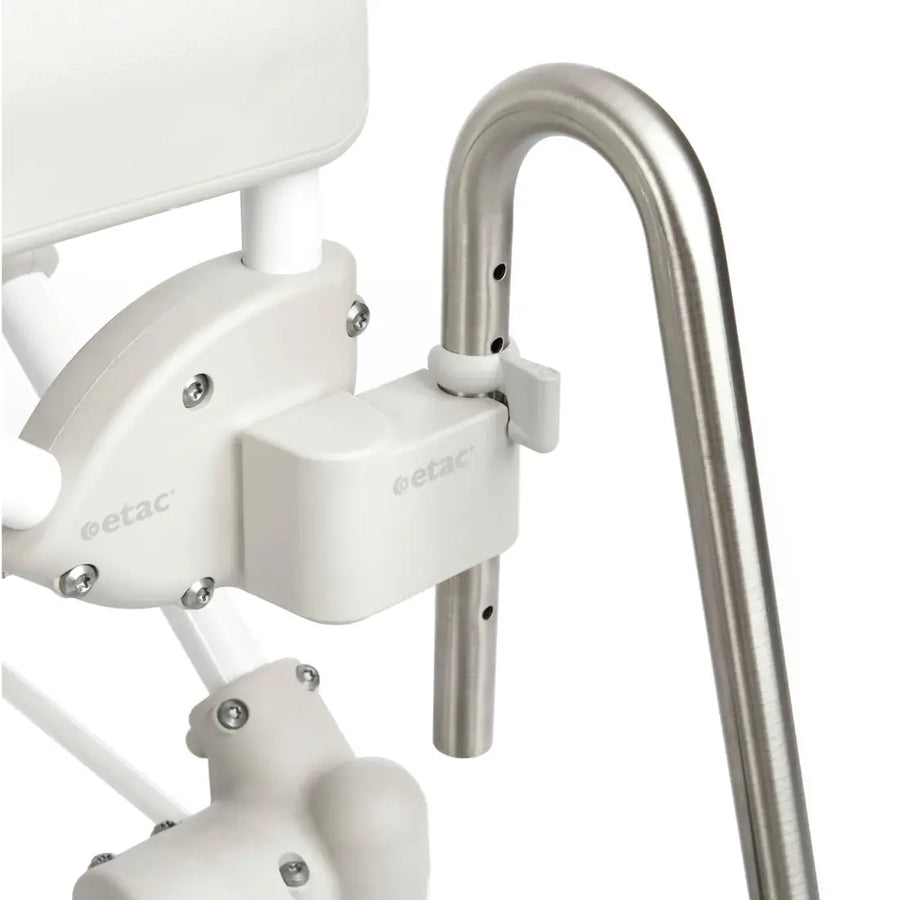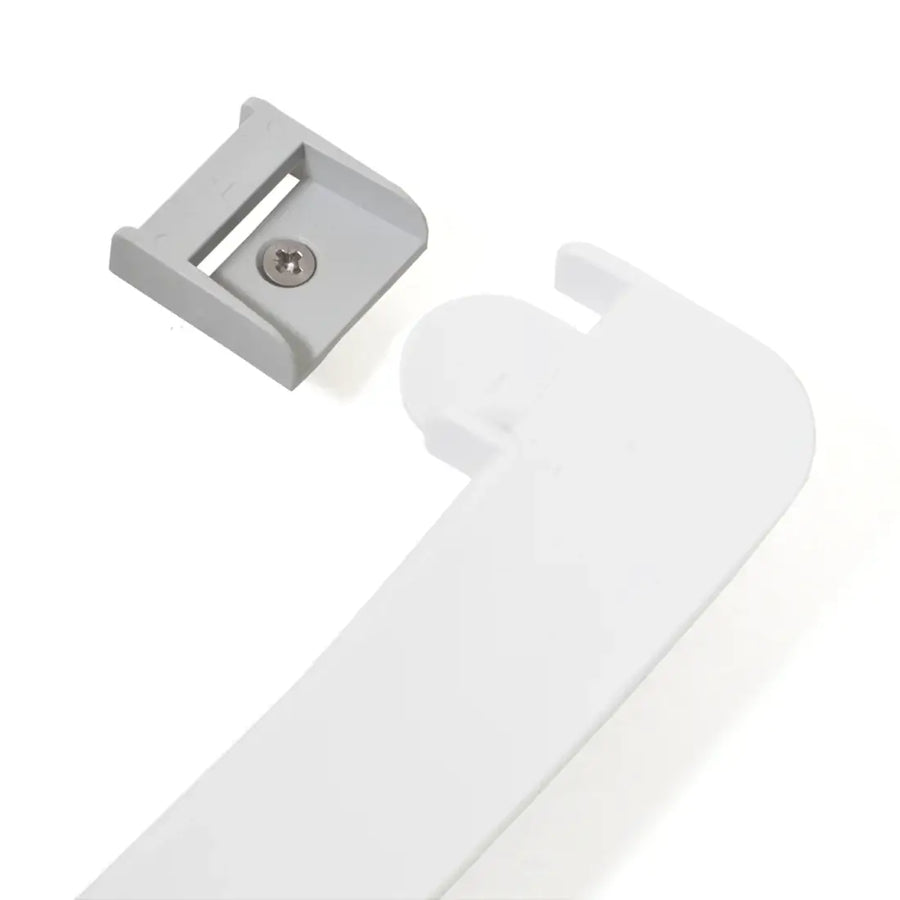Enhance Bathroom Safety with Trusted Toileting Solutions
Handicap Toileting Solutions Frequently Asked Questions (FAQs)
1. What is the best toilet aid for seniors or people with limited mobility?
The best toilet aids include raised toilet seats, toilet safety frames, grab bars, and commode chairs. These products improve stability, reduce fall risk, and make it easier to sit down and stand up independently or with caregiver assistance.
2. How do raised toilet seats work?
A raised toilet seat adds height to your existing toilet, making it easier to sit and stand. They typically attach to the bowl using clamps or locking mechanisms and come in fixed or adjustable heights to match the user's needs.
3. Are raised toilet seats safe?
Yes—when properly installed, raised toilet seats are very safe. Many models include locking mechanisms, anti-slip surfaces, and built-in handles or armrests for extra stability during transfers.
4. How high should a raised toilet seat be?
The ideal height depends on the user, but most raised seats are between 2 to 6 inches. To find the right height, measure from the floor to the back of the knee and subtract the current toilet height.
5. What’s the difference between a raised toilet seat and a toilet safety frame?
A raised toilet seat increases seat height, while a toilet safety frame provides arm support on either side of the toilet. These products can be used separately or together for enhanced support and comfort.
6. Can I use a raised toilet seat on any toilet?
Most raised toilet seats fit standard round or elongated toilets, but it’s important to check the product specifications to ensure compatibility with your toilet shape and size.
7. What is a bedside commode and when is it used?
A bedside commode is a portable toilet used near the bed for individuals who cannot easily access the bathroom. It includes a removable bucket and can also function as a raised toilet seat or shower chair, depending on the model.
8. How do I clean a raised toilet seat or commode?
Clean using warm water and mild soap after each use. Disinfect regularly with bleach solution or antibacterial wipes. Make sure all parts, especially under clamps and around the seat, are thoroughly rinsed and dried.
9. Do toileting aids help with post-surgery recovery?
Yes. Raised toilet seats and arm supports are highly recommended after hip, knee, or back surgery to prevent overexertion and maintain safe bathroom access during recovery.
10. Are toileting aids covered by Medicare or insurance?
Medicare and some private insurance plans may cover toileting aids like commodes if they are medically necessary and prescribed by a doctor. Raised toilet seats and frames are often considered non-covered convenience items, so coverage varies by plan.


